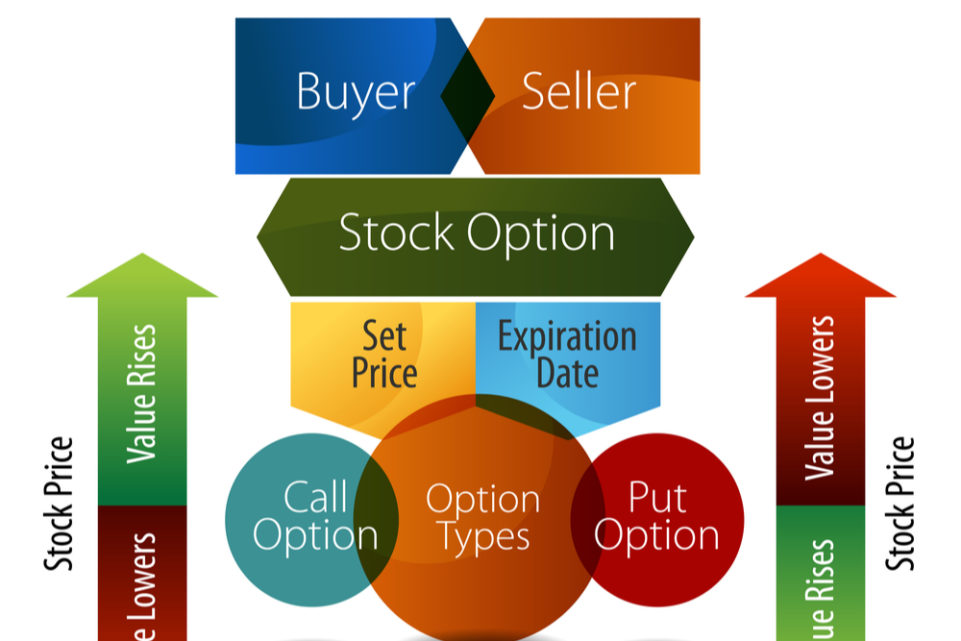
Not all options are created equally. There are different types of expiration styles as well as expiration time cycles. Here are examples of each:
American Style Options
The term “American style” in relation to options has nothing to do with where contracts are bought or sold, but rather to the terms of the contracts. Options contracts come with an expiration date, at which point the owner has the right to buy the underlying security (if a call) or sell it (if a put). With American style options, the owner of the contract also has the right to exercise at any time prior to the expiration date. This additional flexibility is an obvious advantage to the owner of an American style contract.
European Style Options
The owners of European style options contracts are not afforded the same flexibility as with American style contracts. If you own a European style contract then you have the right to buy or sell the underlying asset on which the contract is based only on the expiration date and not before.
Regular Options
These are based on the standardized expiration cycles that options contracts are listed under. When purchasing a contract of this type, you will have the choice of at least four different expiration months to choose from. The reasons for these expiration cycles existing in the way they do is due to restrictions put in place when options were first introduced about when they could be traded. Expiration cycles can get somewhat complicated, but all you really need to understand is that you will be able to choose your preferred expiration date from a selection of at least four different months.
Weekly Options
Also known as weeklies, these were introduced in 2005. They are currently only available on a limited number of underlying securities, including some of the major indices, but their popularity is increasing. The basic principle of weeklies is the same as regular options, but they just have a much shorter expiration period.
Quarterly Options
Also referred to as quarterlies, these are listed on the exchanges with expirations for the nearest four quarters plus the final quarter of the following year. Unlike regular contracts which expire on the third Friday of the expiration month, quarterlies expire on the last day of the expiration month.
Long-Term Expiration Anticipation Securities
These longer-term contracts are generally known as LEAPS and are available on a fairly wide range of underlying securities. LEAPS always expire in January but can be bought with expiration dates for the following three years.
Follow me on Twitter @MikeShorrCbot



